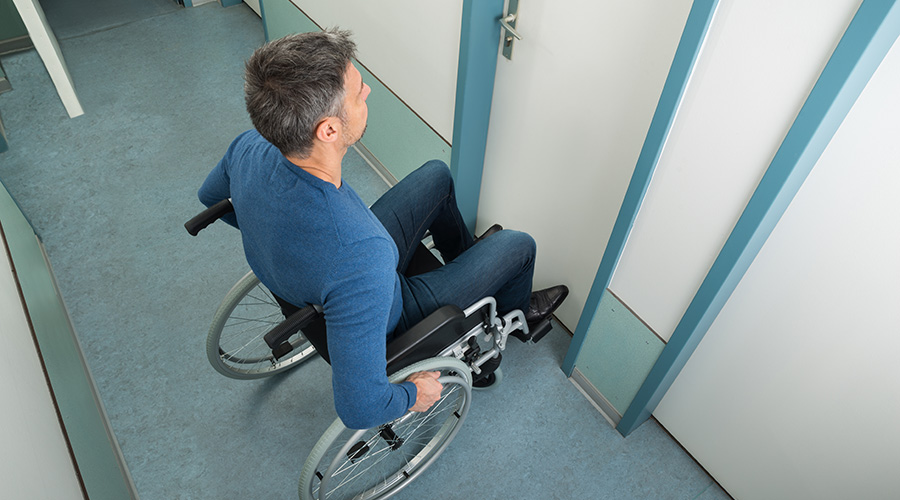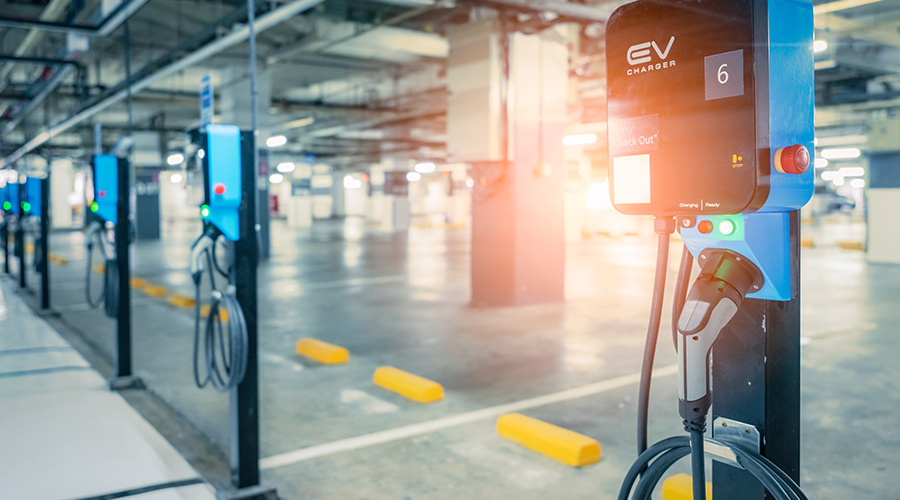Barriers to Access: What's in Your Facilities?
 Seventeen years ago last month, the Americans with Disabilities Act (ADA) was signed into law.
Seventeen years ago last month, the Americans with Disabilities Act (ADA) was signed into law.
In the ensuing years, many institutional and commercial organizations have renovated entrances and restrooms, relocated drinking fountains and handrails, and generally rethought the layout and design of their facilities. The goal in these efforts: to remove barriers and make facilities more accessible and comfortable for all occupants and visitors, not just those with disabilities.
So how surprising is it that after all these years, many facilities continue to identify and remove barriers to access? While scattered instances might not raise many eyebrows, the situation in the Los Angeles Unified School District certainly should.
In May, a report following a random audit of 19 district schools — including four new campuses — laid out problems in the design of parking, restrooms, ramps, and drinking fountains, according to the Los Angeles Times. Among the items the audit found:
-
ramps with handrails that stopped short
-
new bleachers without wheelchair seating
-
outdoor lunch tables without wheelchair access
-
bathrooms or stalls marked for use by people with disabilities that did not provide proper clearance or the appropriate height for wheelchairs.
In response to a 1993 lawsuit regarding accessibility, the district had agreed to spend $87.5 million to upgrade existing campuses to provide access in compliance with ADA and state laws. But an independent monitor reported that the district had not completed many projects, nor provided proper documentation of completed work.
In response to the new audit, the district said it will come up with a written plan within 60 days.
The intent here isn’t necessarily to single out the Los Angeles Unified School District, though the list of problems is lengthy and troubling.
Instead, consider this: If problems still exist to this degree in one organization — even though organizations have had 17 years to remove barriers — what is the true state of access in facilities?
By now, most managers have been involved with the planning of, and helped carry out, renovations and upgrades to improve access to and throughout their facilities. Yet there seems to be a whole lot left to do.
Given the remaining challenges, the anniversary of ADA presents managers with a fresh opportunity to revisit all areas of their facilities, identify and remove barriers, and finally ensure access for all.
Related Topics:








 Seventeen years ago last month, the Americans with Disabilities Act (ADA) was signed into law.
Seventeen years ago last month, the Americans with Disabilities Act (ADA) was signed into law. 


